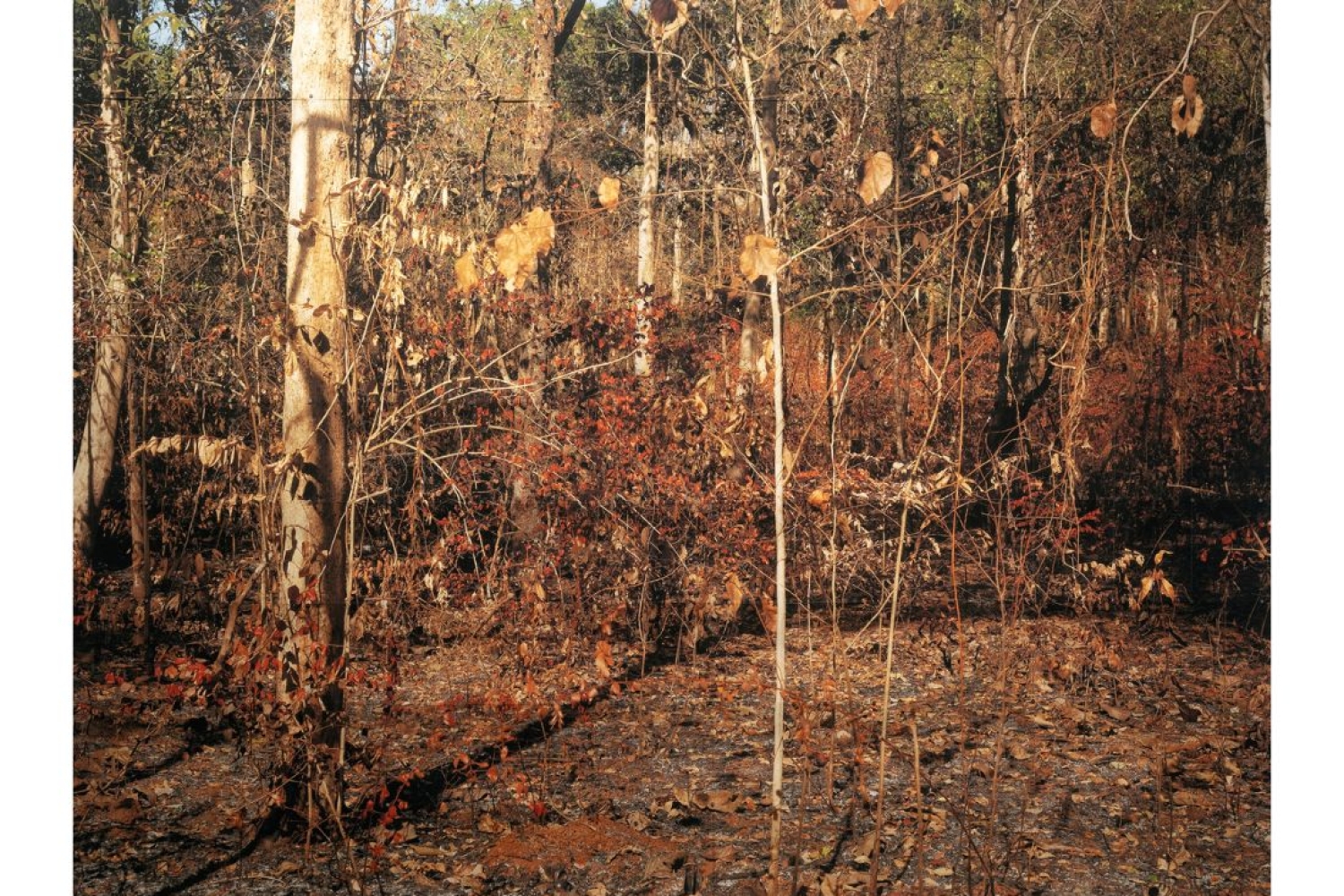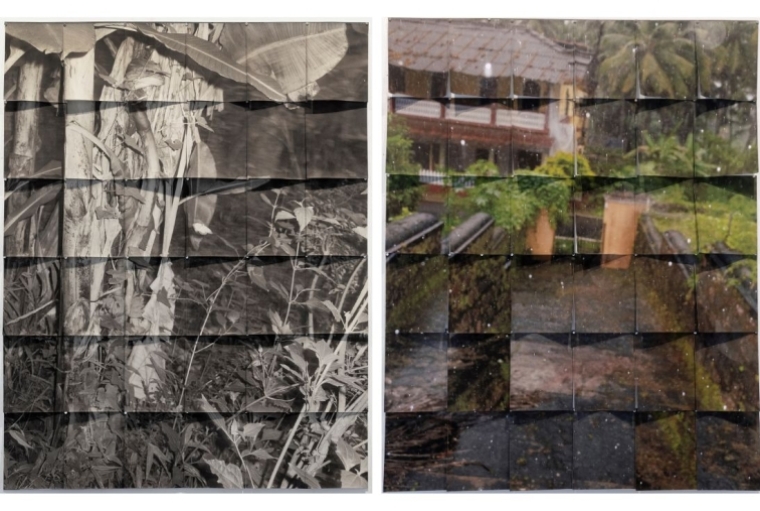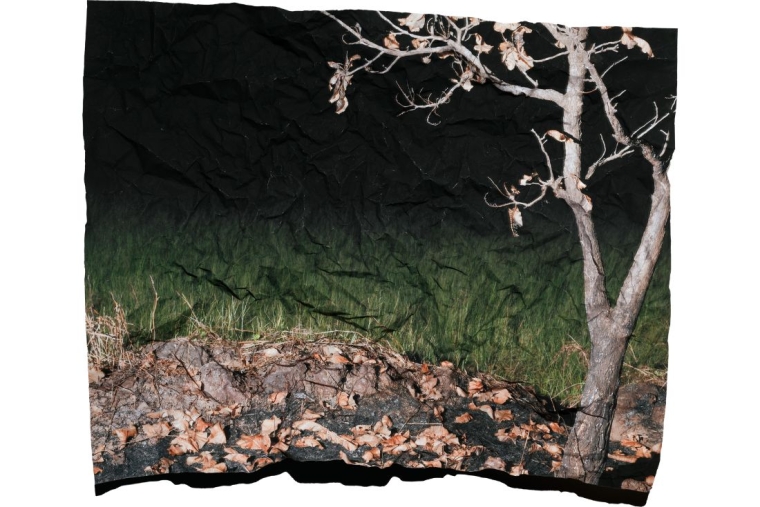
Mornings at Naikavaddo

Mornings at Naikavaddo
The Experimenter Gallery plays host to Tenzing Dakpa’s latest exhibit, Weather Report that is a culmination of three years of introspection and observation in Goa. Here, his lens shifts focus from the human narrative to the silent stories of nature. Through his photographs, Dakpa explores the delicate tension between human intervention and the wild, untamed beauty of forests and farmlands. His work, devoid of portraiture, instead offers a meditation on the environment, inviting viewers to ponder the subtle interplay of light and darkness, presence and absence.
Our conversation with him talks about his journey, from his first camera to his current practice, which he likens to that of a draftsman, constantly orienting himself within the creative process.
Can you talk about your beginnings a little?
I was born and raised in Sikkim. After I finished my schooling in Gangtok, I moved to New Delhi to pursue a BFA in Applied Arts from College of Art. My beginnings and interest in photography started with backpacking and traveling across the country during my undergrads. In these trips the camera allowed me to establish a connection with places which were new and interesting to me. The exercise of working with a collection of images, distilling it to give it a structure which then became a document of my experience came naturally to me. I bought my first camera from Palika Bazaar in 2004 with cash that I had saved up and my father pitched in the rest. For me, it was always a tool for exploration. Different cameras rendered images differently, that was interesting to me.
What did you feel about the phenomenon of land reclamation, the burning of forests and its renewal? Do you feel responsible as an artist?
As an artist, I feel that I can’t have any preconceived idea of what I am making. To that end, I don't think of subject matter while making it. Hence I feel that I should maintain some restraint in saying that I felt responsible or there was an immediacy. This project is a result of an observation born out of an interest in paying attention to my immediate environment and how I can describe it using a camera and my preoccupation in photography.
The nocturnal setting of your photos appears to be infused with a tranquil darkness, occasionally pierced by strobe light bursts. Could you share the message you intended to convey through this contrast?
The decision to photograph at night and the use of a strobe light was to make something visible which perhaps was shrouded in the dark. The light only reaches so far until it falls off and recedes.
Can you talk about your practice a bit; how it has evolved from exploring different landscape spaces to fashion to playing with material?
I like to think of myself as a draftsman who is constantly orienting himself to any given project or subject matter. The evolution happens in the process of making while simultaneously cultivating an interest for what it is that you are looking at.
You’ve made a new body of photographs that were made over the last three years after you relocated to Goa. What were your initial readings of the tension of the human intervention into the forests and agricultural lands?
Moving to a new place has always helped me see things clearly and I am always making mental notes for photographs. An early observation while photographing around my neighbourhood in Goa was that I was not interested in making portraits. It involved stating my intentions to a person, which I didn't know myself. So I would end up having these voices trying to reason with that impulse. Hence photographing the natural environment came naturally to me. I enjoyed that process, which as I started doing more folded in the presence of people within those landscapes.

Evening at Muddovaddo (left) | Monsoon at Muddovaddo (right)
Do you need to feel in order to create?
I need to see potential in the images that I am creating to make more.
In your practice, one finds an evocative spin on the spaces that you inhabit and observe. Beyond the fires, what emotions did Goa and Sikkim stir within you?
I find Goa and Sikkim both peaceful places to live in. Although the pace and expectation of both these places are changing rapidly.

Manifest XIV
Lastly, what are you working on next?
Me and my friend, Julien Segard, are currently both in the process of restoring an old goan house to use it as our artist studio.